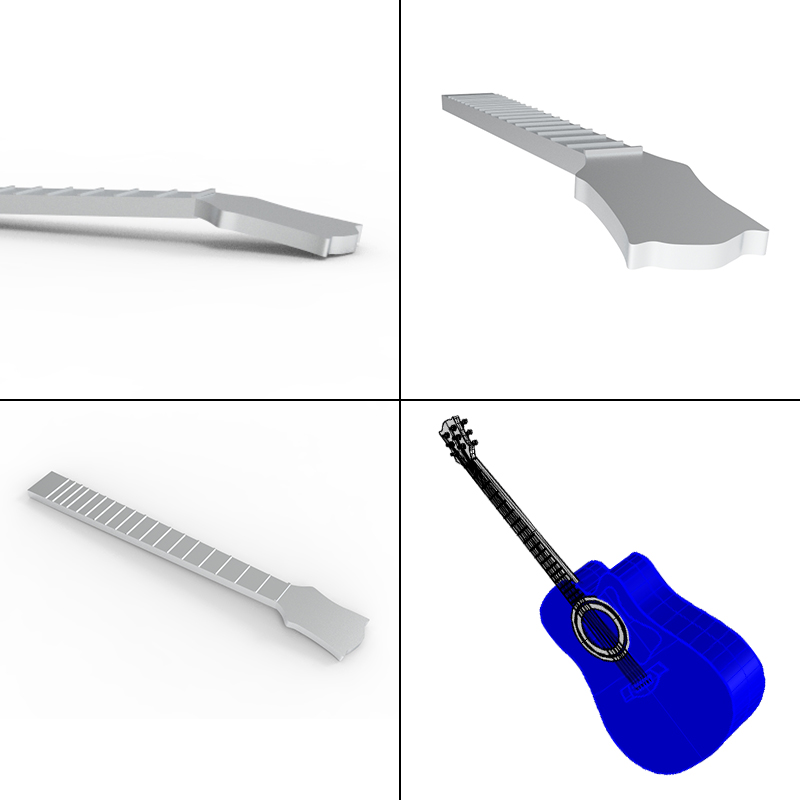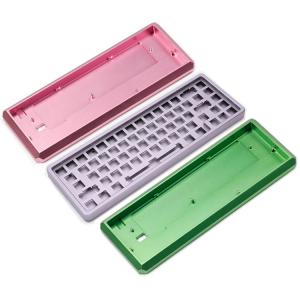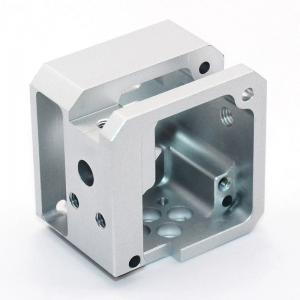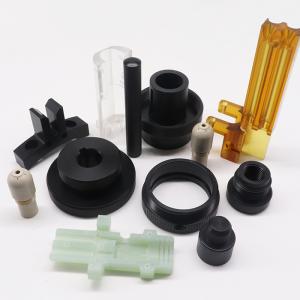CNC machining an aluminum guitar neck is a complex and time-intensive process that combines precision engineering with musical craftsmanship. As demonstrated by projects like Mike's aluminum guitar at CNC Labs, this technique allows for the creation of durable, lightweight instruments with unique tonal qualities, pushing the boundaries of traditional guitar manufacturing.
CNC custom machining guitar neck offers unparalleled precision and consistency, essential for producing high-quality instruments. The use of CNC technology allows for intricate designs and complex geometries that are difficult to achieve with traditional methods. This process not only enhances the structural integrity of the guitar neck but also contributes to its unique tonal qualities.
This advanced manufacturing technique utilizes computer-controlled cutting tools to shape wood blanks into complex neck profiles, fretboard surfaces, and headstock designs with micron-level accuracy. By leveraging 3D modeling software and multi-axis CNC routers, craftsmen can now produce guitar necks with intricate contours, consistent dimensions, and custom features that were previously challenging to achieve through traditional hand-shaping methods.
CNC Machining Aluminum Guitar Neck
Custom Machining Aluminum Guitar Neck
Case Study: Custom Aluminum Machining Solution for Guitar Neck
Material Selection and Specifications for Guitar Neck
The foundation of a superior aluminum guitar neck lies in material selection. Aircraft-grade 6061-T6 aluminum is the preferred choice due to its excellent machinability, strength, and tonal characteristics. This aluminum grade provides exceptional dimensional stability and resistance to temperature variations, crucial for maintaining consistent playability across different environments.
For mass production scenarios, we recommend:
- • Material thickness: 2.5-inch aluminum billet
- • Temperature-stabilized aluminum blocks
- • Pre-cut blanks to optimize machine time
- • Quality certification documentation for each batch
T6 6061 Aluminum Curvature Strategies
Achieving the desired curvature in T6 6061 aluminum for guitar necks requires specialized techniques due to the material's high strength and limited formability. Key strategies include:
- • Annealing: Softening the aluminum through controlled heating and cooling improves ductility for bending. One method involves using acetylene gas to create a soot line, then heating from the opposite side until the line disappears.
- • Appropriate tooling: Using dies with larger bend radii (1.5 to 3 times material thickness) helps prevent cracking. For 0.25-inch thick T6, minimum bend radius may be 3-4 times the thickness.
- • Multi-step bending: Performing a series of smaller bends (e.g., 2-degree bends before and after the main bend) can help achieve more acute angles without cracking.
When machining, optimizing cutting parameters is crucial. For best results, use high-speed face mills with carbide inserts and positive rake angles, along with appropriate spindle speeds (10,000-12,000 RPM) and feed rates (0.005-0.010 inches per tooth).
CNC Router Guitar Neck: Design and Programming

The guitar neck routing process begins with precise CAD modeling. Using industry-standard software like Fusion 360 or Solidworks, engineers create detailed 3D models incorporating:
- • Neck profile specifications
- • Fret slot positioning
- • Heel transition geometry
- • Headstock angle calculations
The CAM programming phase translates these designs into machine instructions, optimizing:
- • Cutting speeds and feeds
- • Tool paths
- • Surface finish requirements
- • Cycle time efficiency
Step-by-Step CNC Guitar Neck Manufacturing Process
The CNC milled guitar necks production follows a systematic approach:
1. Initial Setup
- • Machine calibration and tool setting
- • Workpiece mounting and alignment
- • Probing routine execution
2. Primary Operations
- • Rough cutting of basic profile
- • Precision machining of neck contour
- • Fret slot cutting
- • Truss rod channel milling
3. Secondary Operations
- • Surface finishing
- • Detail work
- • Quality control measurements
Quality Assurance in Guitar Neck CNC Machining
Our custom machining solution for aluminum guitar neck incorporates rigorous quality control measures:
- • Dimensional accuracy verification (±0.005")
- • Surface finish measurement
- • Straightness and twist checking
- • Material certification validation
Technical Specifications and Industry Applications
- • Neck length tolerance: ±0.005"
- • Fret slot accuracy: ±0.001"
- • Surface finish: 32 Ra or better
- • Flatness tolerance: 0.002" per foot
Guitar manufacturers benefit from our services through:
- • Consistent quality across production runs
- • Reduced lead times
- • Scalable production capacity
- • Custom design implementation
For guitar manufacturers looking to elevate their production capabilities, our CNC machining services offer the perfect balance of quality, efficiency, and scalability. Contact our engineering team to discuss your specific requirements and discover how our CNC guitar neck manufacturing solutions can benefit your production process.





